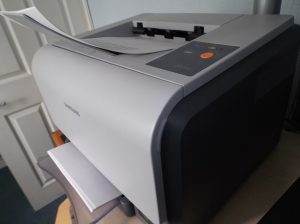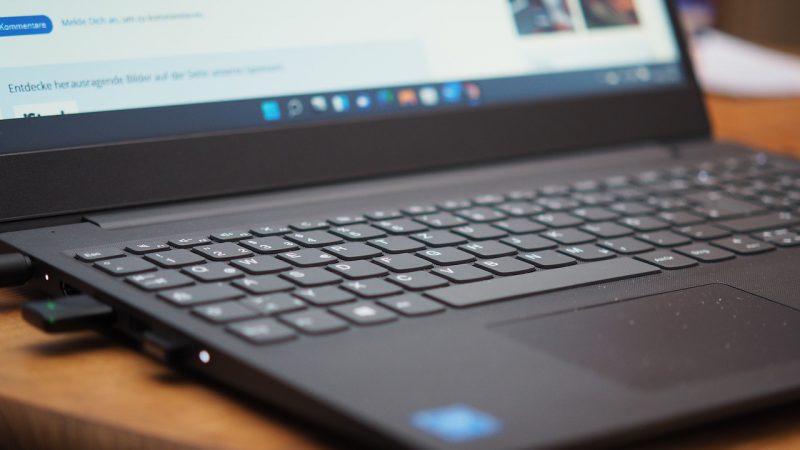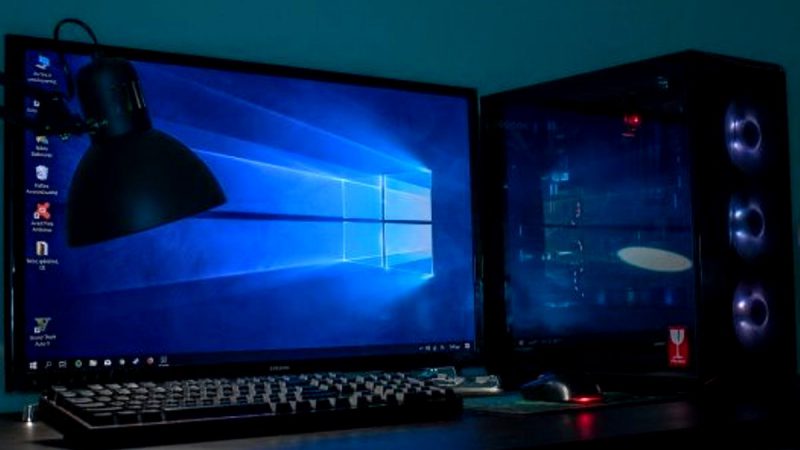Open-source systems are a major factor in today’s IT industry. It is embedded in the smallest devices, like our smartphones, and goes all the way up to supercomputers. It runs the internet and most of our websites and many companies have started to adopt an open-source infrastructure for their own use.
But how did it all began?
Let’s jump some 40 years back in the past and talk about the ancient history of open-source.
Open Source Started with a Printer

In the late 70s, the man credited for creating open-source, Richard M. Stallman used to work as a staff programmer at MIT. At one point they started having problems with a jammed printer, so Richard came up with a way that would inform all the people working there that it was jammed and that it needed to be fixed.
This was the earliest use of an open source that we know of!
When they got a new laser printer, Richard wanted to employ the same hack on it and kindly asked for the source code of it to do so. He was rejected.
This was viewed as a betrayal of the hacker code in Stallman’s eyes so he sought other efforts to obtain the source code for the printer. It has also borne an idea in his head which was based on everyone being able to use software and information for free without having to be denied.
The Creation of GNU
Stallman announced his GNU project in 1983 and started recruiting supports for it. The idea behind the project was cloning the Unix operating system so a system would be created that gives complete freedom to users.
In 1985, Stallman published the GNU Manifesto that called upon other programmers to join the cause. He subsequently launched the Free Software Foundation for donations in order to support his work. The documents are viewed today as a founding charter for the free software movement.
The Release of the GNU General Public License

After realizing that the Free Software Foundation didn’t have a single license and after Stallman was forced to stop disturbing copies of Emacs’ implementation, he opted to acquire a license.
Thus the first version of the GNU General Public License was issued in 1989. It said that one can use, modify, copy and distribute the software covered by the license, but if any changes are made the modified source code must be shared with the modified binaries along with it.
This effort allowed the decentralized, collaborative development model of the free software movement, along with the internet, to expand from there.
Corporative Investments in Open Source
The late 90s saw certain high profile events bring forth the development of open source. These events included iPOs of VA Linux and Red Hat as both companies had massive gains on their opening days as public trade companies. This marked the point when open source became commercial and mainstream.
In 1999, IBM invested $1 billion in Linux announcing their official support in it. This also convinced major enterprises that it was not as risky to invest and use open source as they thought it would be.
All in all, in the end, the combined efforts of Silicon Valley and open source projects, the attention of Wall Street, the market credibility of such companies like IBM and Sun Microsystems accounted for the adoption of open-source.








